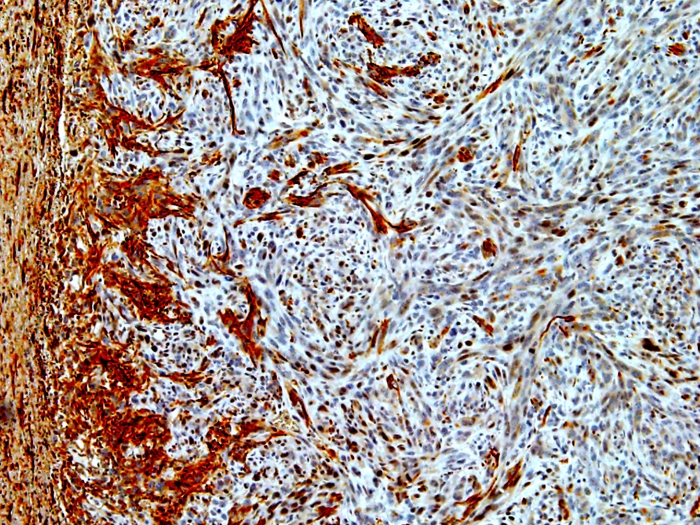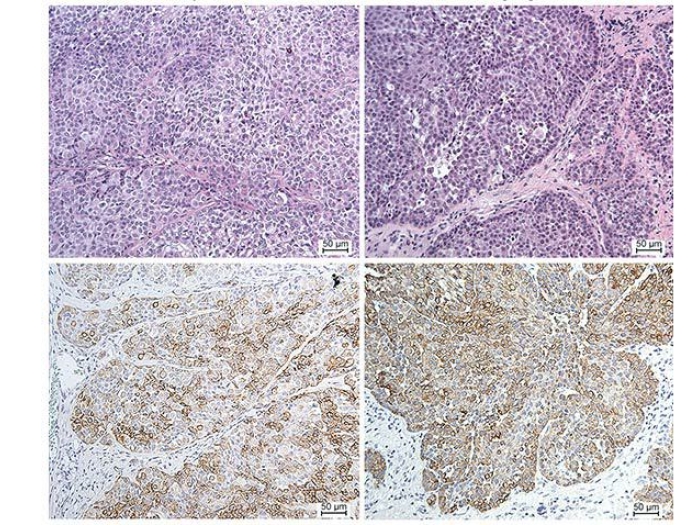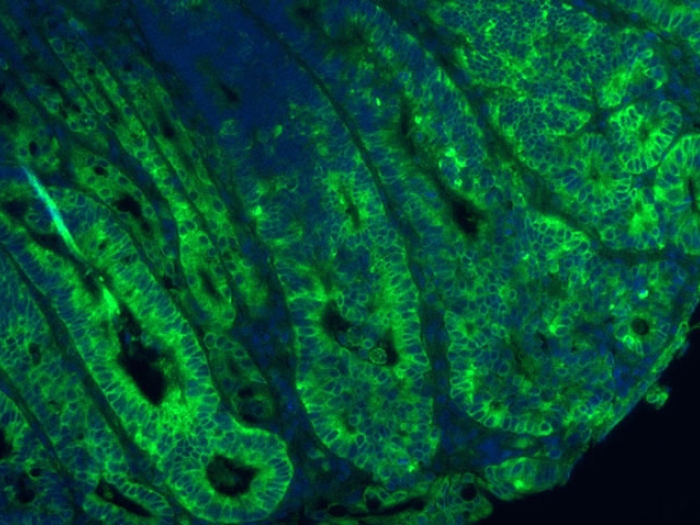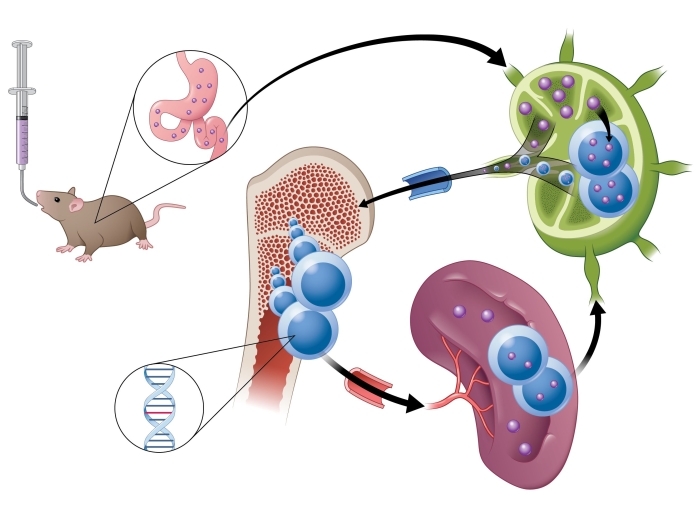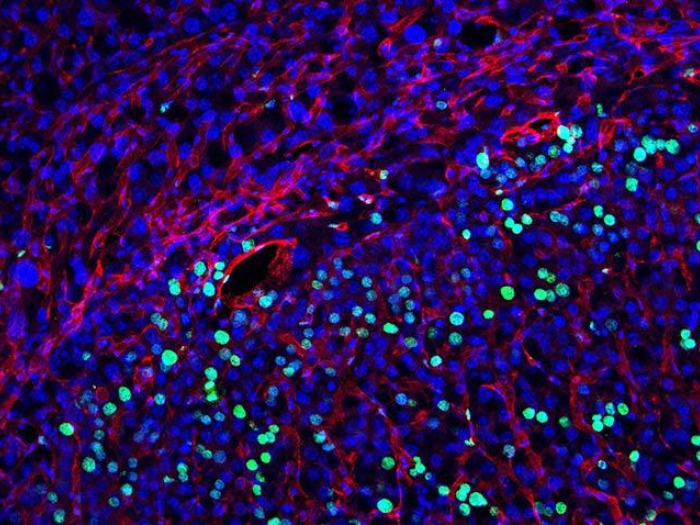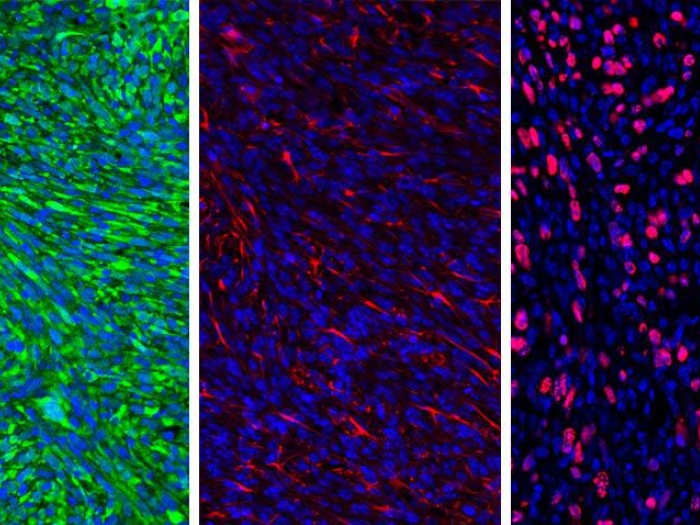The stable structure of circRNA makes it an ideal candidate for biomarkers because it can be detected in blood or urine, making it potentially useful for cancer diagnosis or prognosis.
11:00 AM
Author |

As new technology allows researchers to plunge deeper into the genome and exome, a new class of RNA called circRNA, or circular RNA, may play an intriguing role.
Researchers at the University of Michigan Rogel Cancer Center have cataloged circular RNA in multiple cancers. Their initial research suggests these stable structures could serve as cancer biomarkers in blood or urine.
LISTEN UP: Add the new Michigan Medicine News Break to your Alexa-enabled device, or subscribe to our daily audio updates on iTunes, Google Play and Stitcher.
Circular RNA are a type of noncoding RNA that forms into a closed circular structure rather than a linear structure. New RNA sequencing methods have brought these to light, although little is still known about why or how they function. But their stable structure makes them ideal candidates for developing cancer biomarkers.
Creating a database
The study, published in Cell, identifies a compendium of circRNA in cancer, creating a database for future study.
"I'm most excited about the potential of circular RNAs as noninvasive biomarkers," says Arul M. Chinnaiyan, M.D., Ph.D., director of the Michigan Center for Translational Pathology and S.P. Hicks Professor of Pathology at Michigan Medicine. "Because of their stability, we might be able to detect these in the blood or urine of cancer patients. This could be useful for diagnosis or prognosis of cancer."
SEE ALSO: Stressed-Out Cells Pack Away Their Most Precious RNA, Researchers Find
The team identified circRNA from more than 800 tumor samples collected as part of the MiONCOSEQ program. They demonstrated that the capture RNA sequencing developed for MiONCOSEQ was more robust in detecting circRNA than existing methods.
"The capture approach can be limited because it's based on the probes we used to capture RNAs," Chinnaiyan says. "But the whole exome capture approach makes it significant. We capture a large swath of RNA that way. That's why we were able to nominate so many circRNAs that were not known before."
Only a small amount
The technique requires only a small amount of total RNA to be able to identify circRNA. This means it could be detected in places where RNA is diluted, such as blood or urine.
In addition, the team identified several circRNAs that were found in prostate cancer tissue. By evaluating circRNA from prostate cancer cells, they found them to be more stable than linear RNA. They could also be detected in urine samples.
SEE ALSO: New Technique Improves Efficiency and Accuracy of Single-Cell RNA Sequencing
"We were able to show that these circRNAs exist in urine and that those coming from prostate cancer can be detected," Chinnaiyan says. "Our future studies will explore these circRNAs as urine- or blood-based cancer biomarkers."
The researchers turned their findings into a database called MiOncoCirc, cataloging the reported circRNAs from tumor samples. This resource is available to other researchers to aid in developing new cancer biomarkers.

Explore a variety of healthcare news & stories by visiting the Health Lab home page for more articles.

Department of Communication at Michigan Medicine
Want top health & research news weekly? Sign up for Health Lab’s newsletters today!
